Transform Your Photos into Timeless Custom Artwork
Offer:20% discount on all first orders.
What is custom art and how does it work?
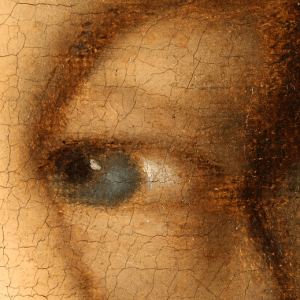
When you commission a custom portrait or invest in a beautiful oil on canvas painting, you’re not just acquiring artwork—you’re obtaining a valuable heirloom that can be treasured for generations. Whether it’s a family portrait created by a skilled portrait artist or custom artwork commissioned from a talented commission artist, proper aftercare ensures your investment maintains its beauty and value over time. This comprehensive guide provides evidence-based recommendations for preserving oil paintings, drawing from leading conservation institutions and professional conservators worldwide.
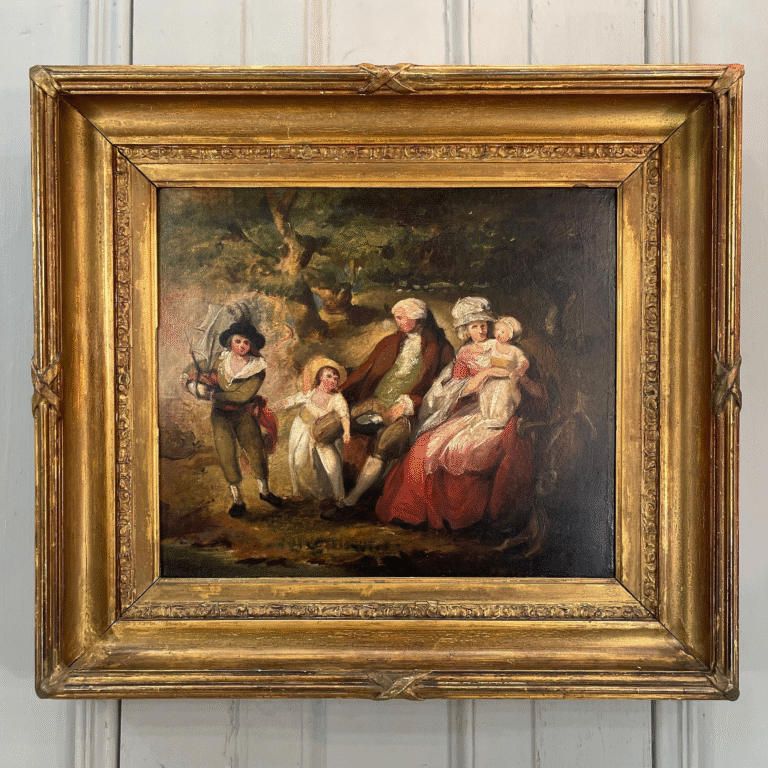
Pictured: 18th Century Family heirloom, passed down over five generations. A good example of preservation due to good care. Notice how the paint is still vivid and the varnish does not have smoke damage.
Understanding Oil Paint Composition and Aging Characteristics

Yellowing paint with craquelure. While this type of cracking is inevitable over the course of centuries, you can reduce its severity with proper storage conditions.
Environmental Control: Temperature and Humidity Management
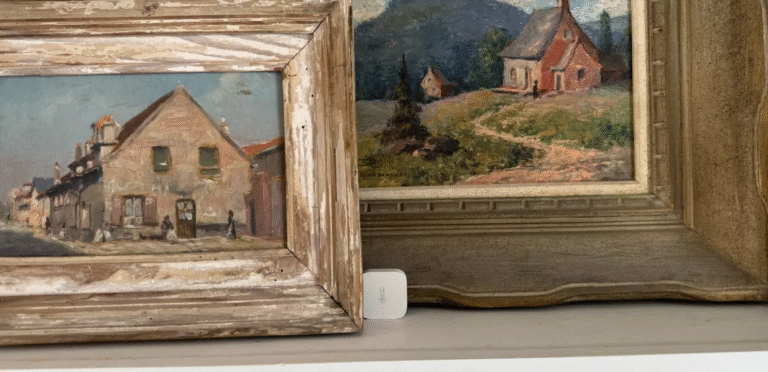
A humidity detector, buy one and keep your eye on it.
Light Management and UV Protection
Light exposure represents one of the most significant threats to oil paintings, causing irreversible and cumulative damage over time. The Canadian Conservation Institute’s research demonstrates that damage is directly proportional to light intensity (measured in lux) multiplied by exposure time. This relationship means that reducing light levels from 200 lux to 100 lux will halve light damage over the same period, making light management crucial for preserving custom portraits and commission artwork.
Professional museum standards recommend displaying paintings at 200 lux, though this level may still be too high for works containing light-sensitive materials. The average person can perceive colors reasonably well at 50 lux, though details in darker colors may require 150 lux for optimal viewing. For paintings containing highly sensitive pigments—common in historical works and some contemporary custom artwork—even lower light levels may be necessary to prevent fading.
Ultraviolet radiation poses particular dangers to oil paintings. The Canadian Conservation Institute states that paintings should ideally not be exposed to any UV light from daylight or unfiltered fluorescent lamps. When complete UV blocking isn’t possible, levels should not exceed 75 microwatts per lumen (μW/lm). The timeline for UV damage varies by pigment sensitivity: medium-sensitivity paints can chalk and varnishes can crack within three years of exposure through unfiltered windows, while highly sensitive paints exhibit UV damage from unfiltered daylight within several months.
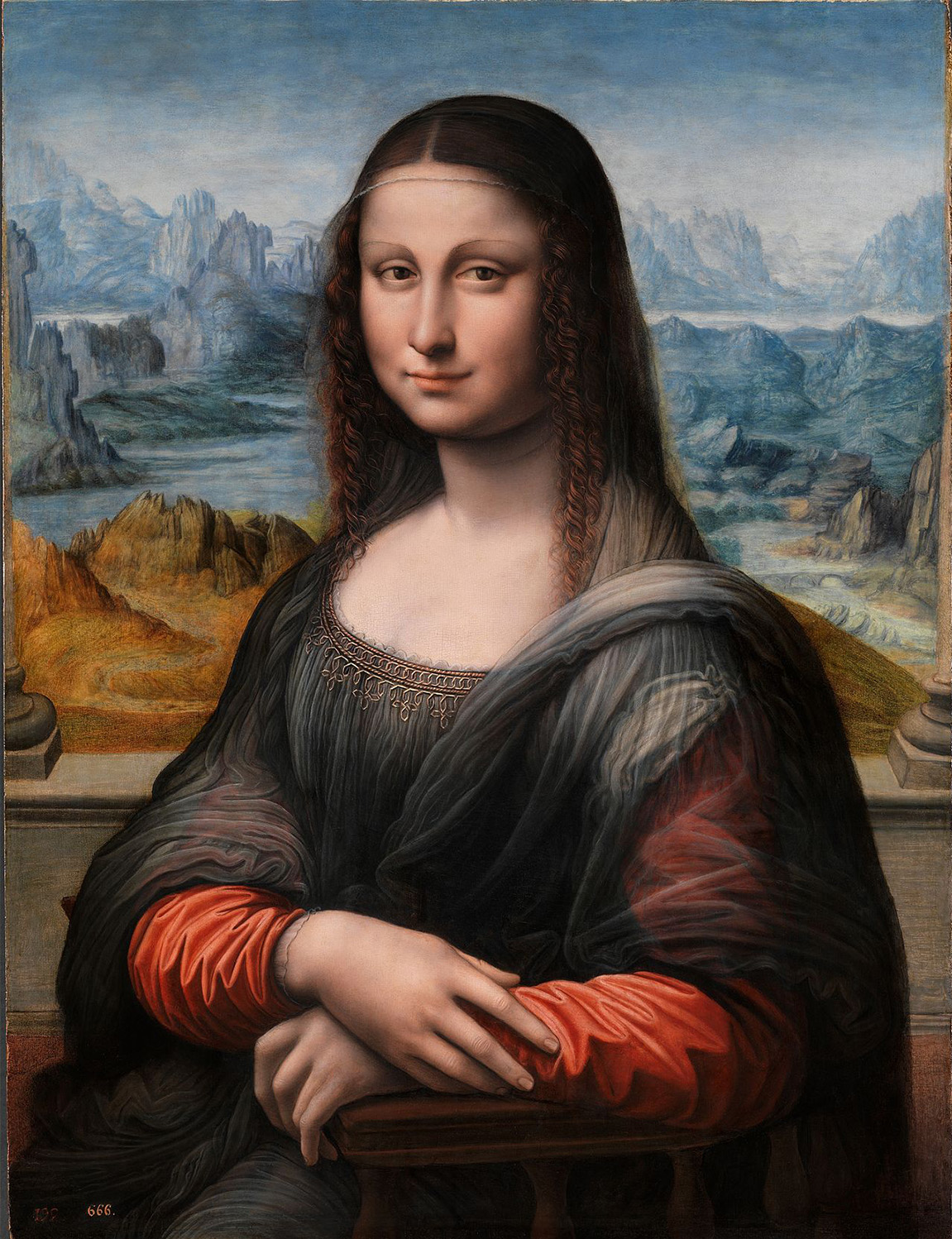
Left: Mona Lisa copied by an apprentice of Da Vinci that was stored properly over the years, probably due to its lack of popularity, which has ironically preserved it better than the more popular original (Right). Much of this is due to light damage.
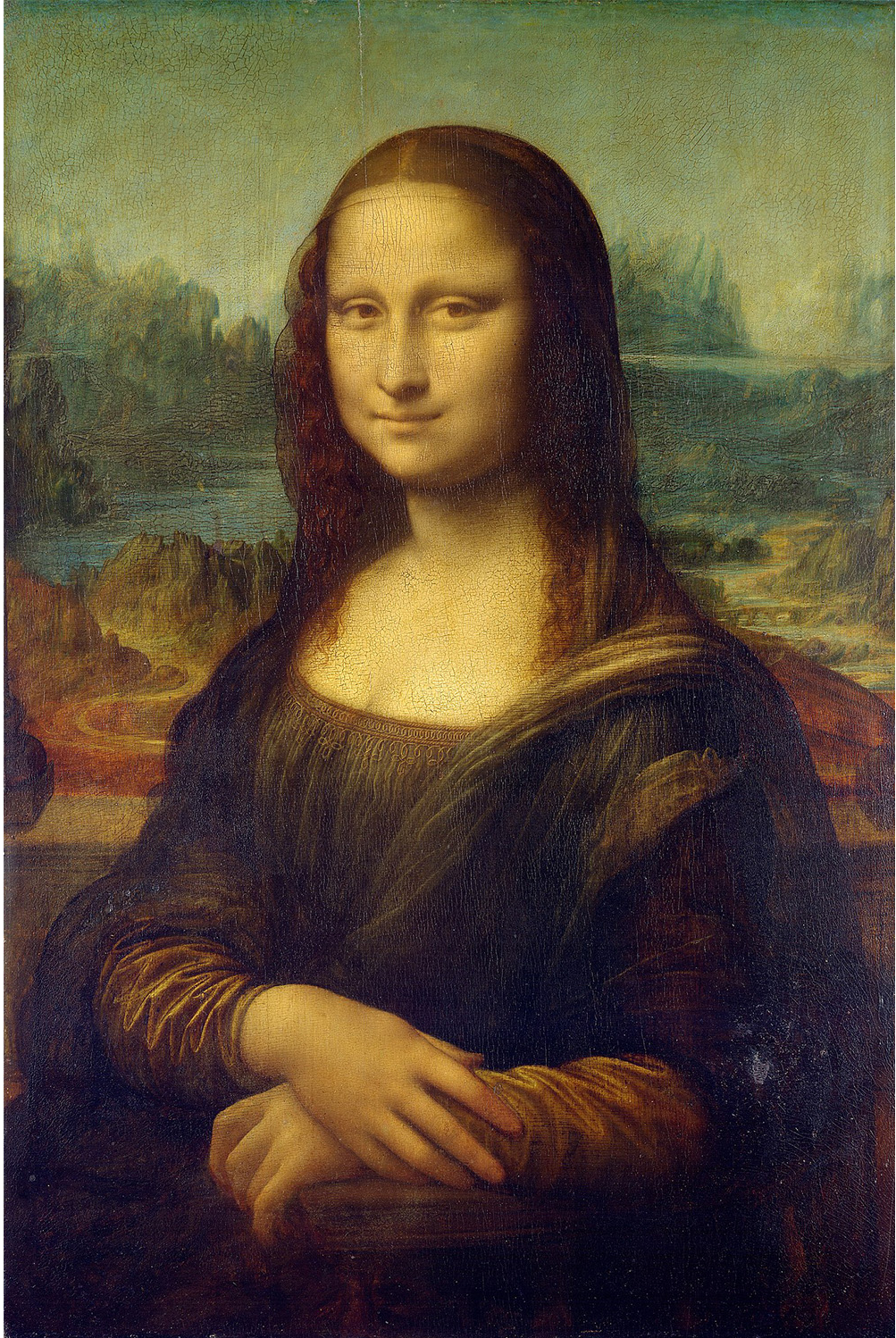
Professional Cleaning and Maintenance Protocols
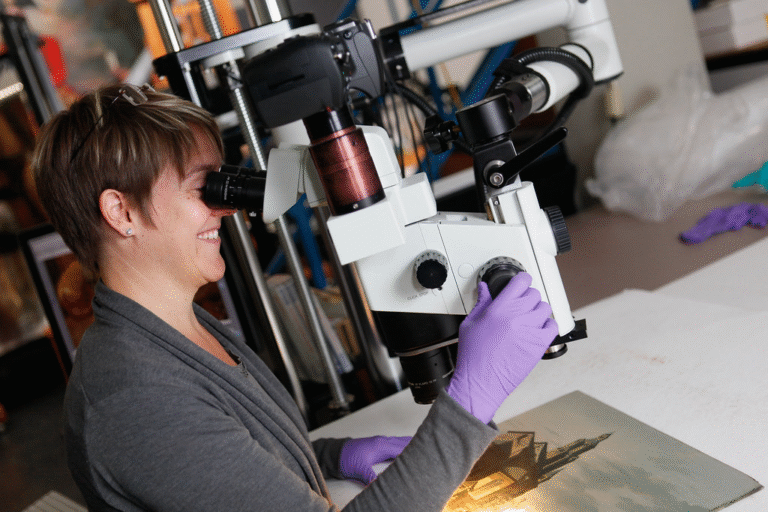
Preserving Your Artistic Legacy
@Copyright Custom Artist 2025
Registeration Number: EE385887002

